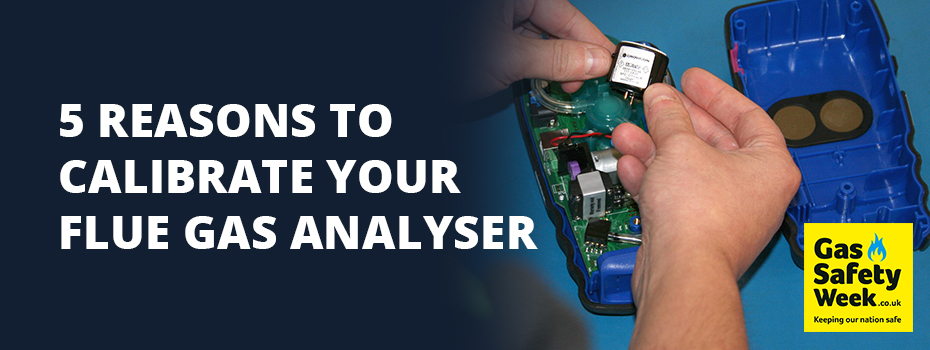 Having successfully escaped from Lumley Castle's dungeons with just two seconds to spare, our Calibration Admin department decided that their next team-building experience ought to be a bit less stressful. In October, they travelled up to Newcastle for a round of Ghetto Golf.
Continue reading →
Having successfully escaped from Lumley Castle's dungeons with just two seconds to spare, our Calibration Admin department decided that their next team-building experience ought to be a bit less stressful. In October, they travelled up to Newcastle for a round of Ghetto Golf.
Continue reading →calibration
-
Calibration Admin Go Ghetto Golfing
 Having successfully escaped from Lumley Castle's dungeons with just two seconds to spare, our Calibration Admin department decided that their next team-building experience ought to be a bit less stressful. In October, they travelled up to Newcastle for a round of Ghetto Golf.
Continue reading →
Having successfully escaped from Lumley Castle's dungeons with just two seconds to spare, our Calibration Admin department decided that their next team-building experience ought to be a bit less stressful. In October, they travelled up to Newcastle for a round of Ghetto Golf.
Continue reading → -
Calibration Conquer Castle & Tear Up the Track
 Last week our Calibration Department took on a trap and a track. Splitting into two teams, those with a need for speed battled it out at the local Go-Karting track; while the wiser members of the department got their adrenaline rush riddling their way out of Lumley Castle’s dungeons. Here’s what happened when Calibration went team-building.
Continue reading →
Last week our Calibration Department took on a trap and a track. Splitting into two teams, those with a need for speed battled it out at the local Go-Karting track; while the wiser members of the department got their adrenaline rush riddling their way out of Lumley Castle’s dungeons. Here’s what happened when Calibration went team-building.
Continue reading → -
5 Reasons to Calibrate Your Flue Gas Analyser
Please note this blog was originally published on the 17th October 2017. It was updated on the 8th September 2021 to include current calibration information. Every plumber and gas engineer knows that when installing gas appliances a flue gas analyser (FGA) is essential! Using an FGA, you can verify that the appliance is working safely and that the installation is not producing dangerous levels of harmful gases that could jeopardise the safety of your clients and their community. That is why proper maintenance and calibration of your FGA is vital to ensuring that this critical part of your job is as accurate as possible.
Continue reading →
Every plumber and gas engineer knows that when installing gas appliances a flue gas analyser (FGA) is essential! Using an FGA, you can verify that the appliance is working safely and that the installation is not producing dangerous levels of harmful gases that could jeopardise the safety of your clients and their community. That is why proper maintenance and calibration of your FGA is vital to ensuring that this critical part of your job is as accurate as possible.
Continue reading → -
Calibrating Electrical and Process Instruments
Electrical measurement equipment such as multimeters, resistors, power supplies and electrical testers are commonly used instruments that require periodical calibration, as well as process instruments advises Eddy Jones of calibrate.co.uk. Continue reading → -
UKAS Accreditation Is a Calibration Milestone
Calibrating instruments, tools and meters ensures that they generate correct results, and calibration is best implemented by laboratories able to provide UKAS certified calibrations carried out in accordance with ISO/IEC 17025:2005 standards. Continue reading → -
Pressure Calibration Validates Gauge Accuracy
Pressure calibrators may be handheld or bench instruments that contain pressure pumps and transducers internally or externally, and can measure and/or generate voltage, current and temperature. Continue reading → -
PASS awarded UKAS Accreditation for Calibration Laboratory
The United Kingdom Accreditation Service (UKAS) has awarded the Calibration Laboratory at PASS Ltd, a ‘Schedule of Accreditation’ on a defined scope of electrical testers and measurement instruments. UKAS accreditation is granted to organisations who have demonstrated that they fully meet the requirements of ISO/IEC 17025. Continue reading → -
NHS approves Martindale Standard Tester
The Martindale VI137002 voltage tester has been approved by the NHS as a standard tester for its Estates and Facilities Division, according to Health Technical Memorandum (HTM) 06-02: Electrical safety guidance for low voltage systems. The document’s purpose is to encourage best practice guidance for the safe systems of work and safety procedures for operation and management of low voltage AC electrical installations up to 1,000V in healthcare premises. Continue reading → -
The Importance of Tester Calibration
Now sing along to that tune from Kool and the Gang…Caliiiiibration… Continue reading → -
Should I Calibrate My Gas Tester, Or is Regular Bump Testing Enough?
Ensuring that every piece of test equipment you own is performing correctly can be more vital then owning the testers themselves. Any equipment that gives incorrect readings will lead to incorrect diagnostics of the work required and could potentially lead to a major incident. A common test many people use to ensure that their instruments are operating correctly is the “bump” test. A bump test is typically carried out before every test and involves briefly exposing the tester to gas. This brief exposure should be detected by the tester and it should react accordingly. The main advantage to bump testing is that it is quick and shows that your equipment is working before the first test of the day is performed. Continue reading →


